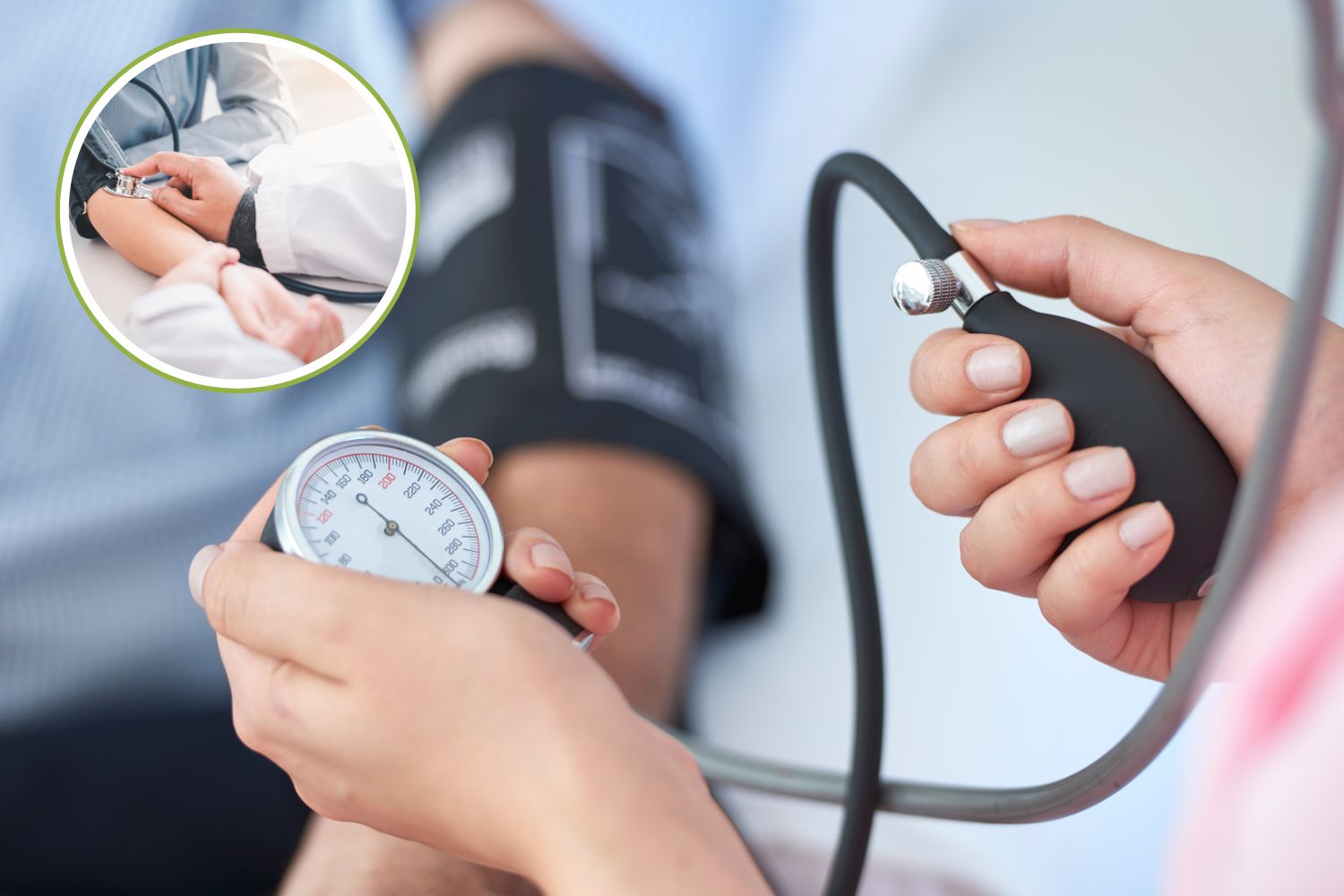Over 70% of communication is non-verbal: expressions, gestures and posture convey more than we think and learning to interpret them can improve our relationships

Our body acts like a silent megaphone. It communicates even when we want to remain silent, betrays emotions we try to suppress, and sends signals that others often pick up on before we even speak. Have you ever walked into a room and sensed hostility without anyone saying a word? Or felt instinctively that someone wasn’t being sincere, even though their words were perfect? Welcome to the intriguing universe of nonverbal communication—the silent language that speaks louder than words.
The body doesn’t lie (even when we try)
Let’s be honest: we can attempt to deceive with words, but the body is an even bigger liar. Slouched eyes, fake smile, arms crossed like a make-believe wall—these are all expressions that betray what we actually believe. It’s estimated that based on some studies, over 70% of our communication is not verbal. This means that regardless of how great our words are, our body always sends a matching message.
And it is not only conscious movements, such as a firm handclasp or a warm embrace. It is also the unconscious micro-expressions—minute nuances that our conversation partner subconsciously catches.
Gestures and signals: how to read body language
You don’t have to be Sherlock Holmes to notice clandestine signals from others, but being observant can allow us to decipher the unwritten. Here are some important gestures and what they mean:
- Eye Contact: a straight look expresses confidence, interest, or even flirting. Shifty eyes? Maybe you’re making them uncomfortable or lying. And if someone’s staring too hard? Watch out—they may be attempting to exert dominance or intimidate you.
- Hands: an open, relaxed movement indicates trust. Fingers drumming on a table? Restlessness. Touching one’s face a lot? Maybe they’re unsure or anxious.
- Posture: standing straight with open shoulders indicates confidence. Someone who curls inward may be feeling insecure or uncomfortable.
- Legs: if a person has their legs crossed and their body turned away, they might already be mentally checked out of the conversation. Restless, bouncing legs? That often signals anxiety or eagerness to leave.
- Tone of Voice: yes, even our voice is a part of nonverbal communication. A steady and clear voice can speak volumes of confidence, whereas a hesitant tone may indicate insecurity or emotion.
Why learning to read nonverbal communication matters
Reading between the lines is not an illusion for mentalists—it’s a skill that can be used to improve personal and professional relationships. Imagine a job interview: you might have the perfect resume, but if you slouch through the interview with sweaty palms, the interviewer will assume you’re unsure. Or imagine a first date—someone will say, “I like you,” but if they cross their arms and lean away from you, it might be time to lower your expectations.
And never forget how we are communicating. We get worried about what we say, forgetting our body can actually be sending out a different message. Good news? We can learn it. A quick deep breath, assertive standing and firm gaze will make the world of difference.
The body speaks. Let’s listen.
In a world of words, it’s usually gestures that tell us the truth. Deciphering the language of nonverbal communication is an important skill that allows us to connect with others more effectively—and get to know ourselves better. Because let’s face it, whether we like it or not, our body tells a story, and it is always saying more than we realize.

